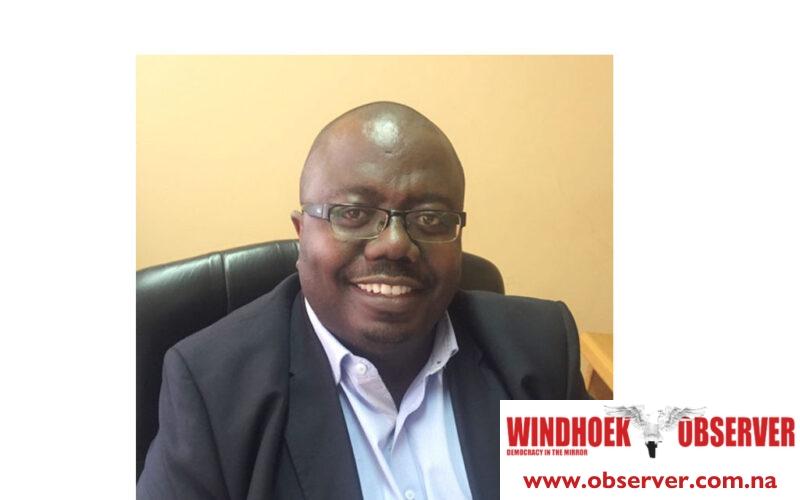Stefanus Nashama
A preliminary report released by the Namibia Statistics Agency (NSA) has revealed that Namibia’s population currently stands at 3,022,401 million, a growth of 909,324 since the country conducted its last census in 2011.
This is according to Alex Shimuafeni, the Statistician-General of the NSA, who made the presentation at the official launch of the preliminary results of the 2023 population and housing census today in Windhoek.
This was the fourth time Namibia undertook the population and housing census.
In 1991, Namibia’s population stood at 1,4 million; in 2001, it was 1,8 million; in 2011, it stood at 2,1 million; and now, in 2024, the population stands at 3 million.
The results show that Namibia recorded a positive growth rate of 3, 2 percent between 2011 and 2023.
This growth was observed after a decline in the population growth rate from 2.6 percent in 1991-2001 to 1.4 percent in the 2001 – 2011 census period.
According to the report, the rural population was recorded at 1,527,409 slightly more than the urban population recorded at 1,494,992 people. It also shows that the population in urban areas has increased by 65.5 percent between the 2011 and 2023 censuses, while those in rural areas population increased by 26.3 percent between the two census years.
Similarly, the difference in the urban and rural populations is closing at a faster pace given that the gap was 25.3 percent in 2011 compared to 2.1 percent in 2023.
The regional distribution of the population for 2023 is similar to the distribution for 2011, where Khomas remains the region with the highest population of 494,605 while Omaheke remains the region with the lowest population of 102,881, the report shows.
Currently, the female population outnumbered the male population, at 1,548,177 females and 1,474,224 males, which means the difference between males and females is similar to what was observed in 2011.
On households, the report indicates the number tripled from 254,389 in 1991 to 756,339 in 2023. This, the report shows, the number of households in the country has been increasing exponentially since the 1991 census year.
According to Shimuafeni, the basic report is expected to be released in October this year, and there will be also a regional report, which he said is also expected to come out the same month.
Speaking at the launch of the preliminary report, Prime Minister Saara Kuugongelwa-Amadhila emphasised that statistics inform decision-making and planning for the country.
“If you fail to plan, you fail to govern,” she said.
The Premiere also highlighted that stakeholders rely on statistics, indispensable for the development of both public and private sectors.
This, she said, includes strategic policies and programs in providing resources to the nation.
The government requires statistics data to address the needs of the people and provide services accordingly, Kuugongelwa-Amadhila added.
At the same time, she stressed that population statistics data play an important role in the economic prosperity shared by all Namibians.
Arguing all stakeholders to continue supporting the population and housing census to ensure statistics are always available whenever needed.
The government will always continue to support census and strengthen the capacity used for data analysis.
Meanwhile, NSA Board Chairperson, Salomo Hei, emphasised the importance of statistical data for informed decision-making and development of the country.
He acknowledged the government and all stakeholders for playing their part and ensuring the NSA conducted a successful census.




